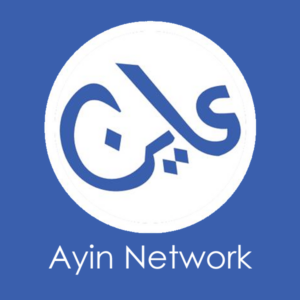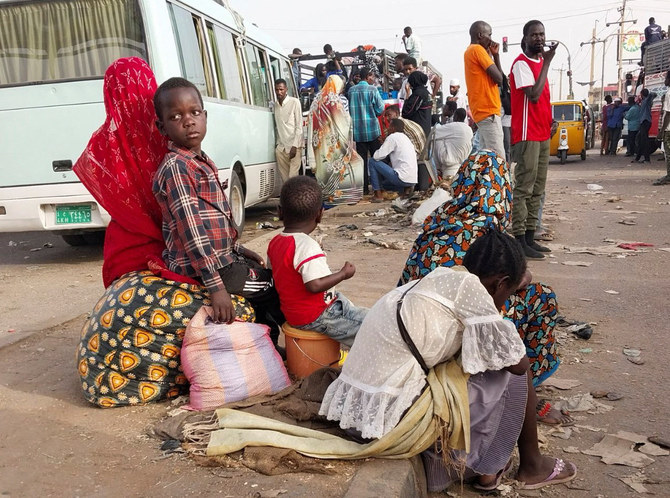The Sudan Conflict Monitor – 31 May update
The Sudan Conflict Monitor is a rapid response to the expanding war in Sudan written through a peacebuilding, human rights, and justice lens. Here we have tried to capture the six most important stories in Sudan. Please share it widely.
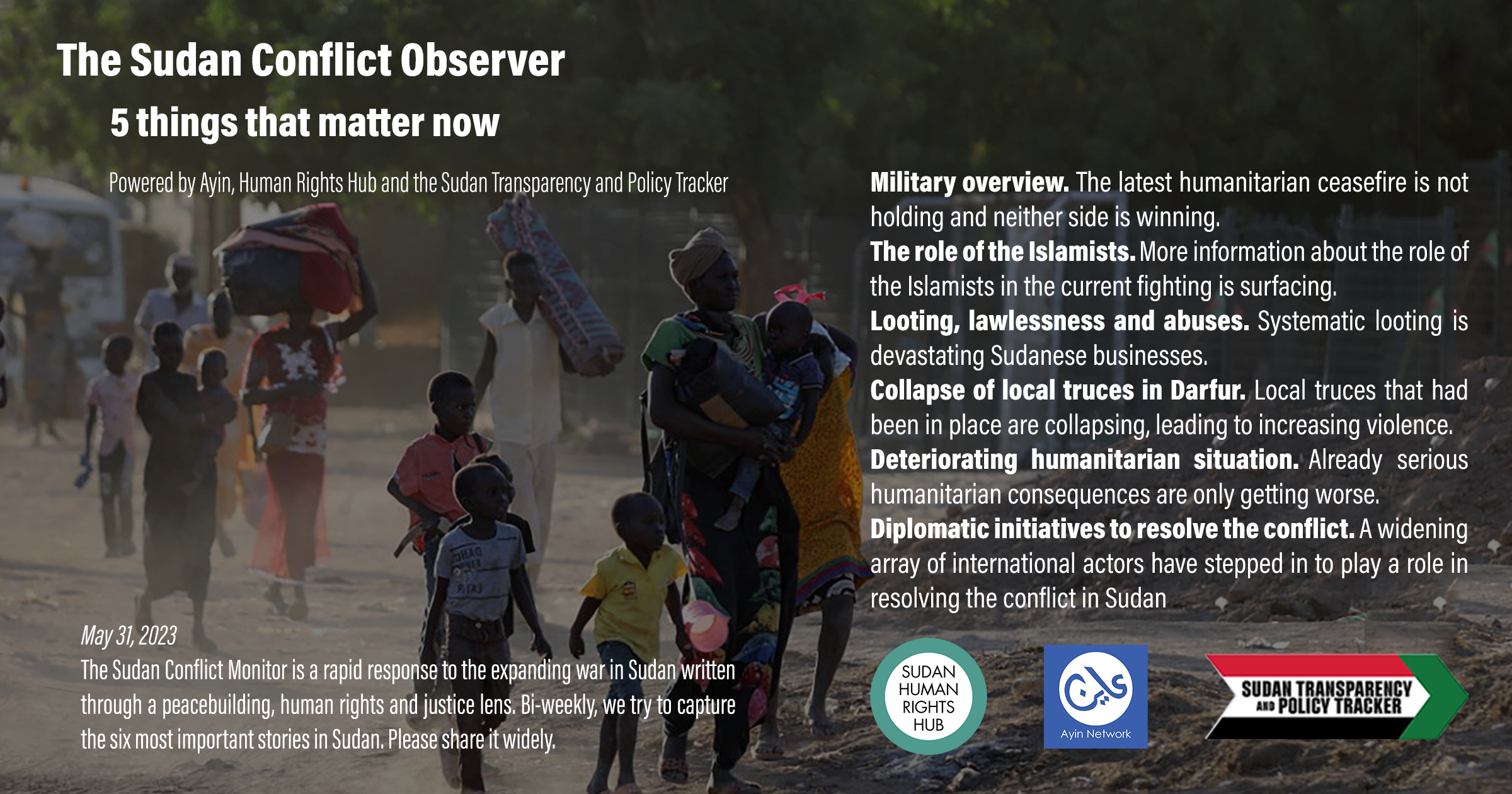
Powered by Ayin, Human Rights Hub, and the Sudan Transparency and Policy Tracker
- Military Overview The latest humanitarian ceasefire is not holding and neither side is winning.
- The Role of the Islamists More information about the role of the Islamists in the current fighting is surfacing.
- Looting, lawlessness, and abuses Systematic looting is devastating Sudanese businesses.
- Collapse of local truces in Darfur Local truces that had been in place is collapsing, leading to increasing violence.
- Deteriorating humanitarian situation Already serious humanitarian consequences are only getting worse.
- Diplomatic initiatives to resolve the conflict A widening array of international actors have stepped in to play a role in resolving the conflict in Sudan.
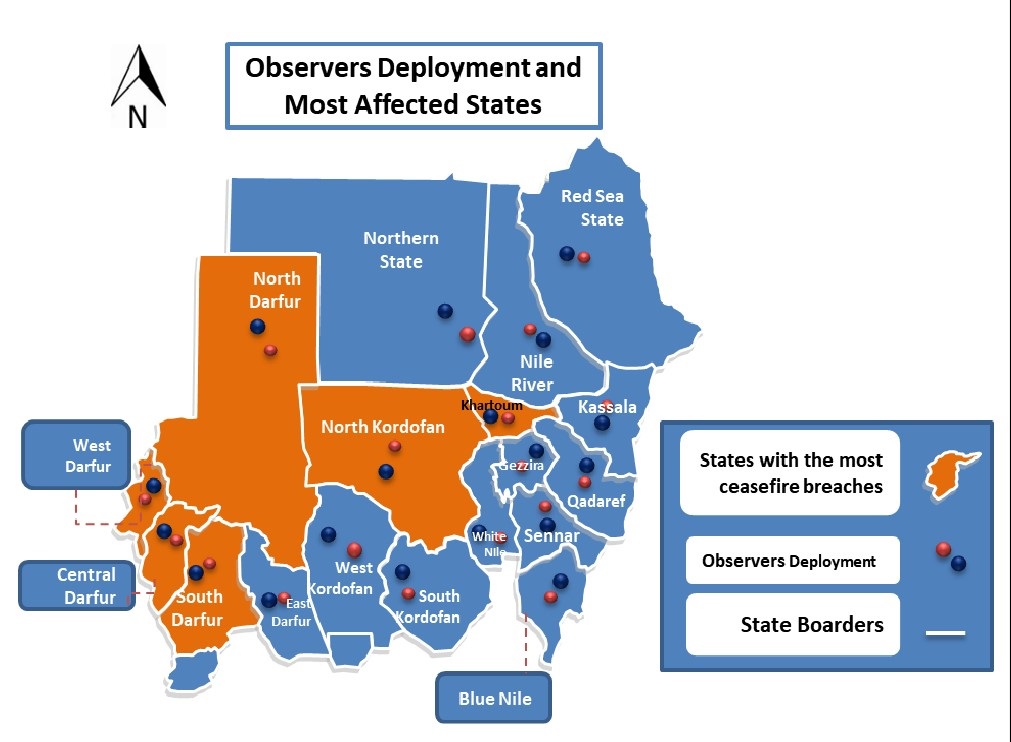
- Military overview
A seven-day ceasefire negotiated in Jeddah ended on Monday. The parties agreed to extend the truce by five days, even as fighting continued. There was fierce fighting in the run-up to the ceasefire, and fighting has continued through the period, although it appears to have decreased in intensity, particularly on Friday. Both sides accused the other of ceasefire violations. Six weeks on, it appears that both sides are settling in for a long conflict and it is becoming clear that there is no winner or loser. SAF is trying to flush out RSF fighters from Khartoum, Omdurman, and Khartoum North and their respective suburban areas with bombs and shelling, destroying civilian structures including hospitals and several factories in Khartoum North industrial area, the largest in the country.
In recent weeks, SAF has brought significant reinforcements to the capital from states that were less affected by the conflict and increased the use of related militias, Central Reserve Police and other auxiliary forces to join in the battle in a bid to dislodge RSF from within the capital area. SAF’s increasing reliance on militias to counter the RSF could suggest a weakened position and may contribute to the reportedly low morale in the army. Since early May, recruitment of SAF-aligned militia units has reportedly been high, with Bashir-era Popular Committees arming civilians in Nyala as well as other armed mobilisations seen in the North, East, and South of the country. Sovereign Council generals and other high-ranking SAF leaders face increasing disgruntlement from both mid-level officers and rank-and-file infantry due to high casualties with little progress. Offensives on May 4 and 10 yielded heavy fighting but no significant change in SAF positions. After an unsuccessful SAF military offensive in Bahri, North Khartoum on May 10, Retired Col. Khairallah Mohamed Ibrahim al-Sanhouri issued a statement calling for the removal of Burhan.
To counter the SAF offensives, RSF fighters have embedded themselves in private residences and apartment buildings, turning some homes into resupply stations, military posts, and resting places for their soldiers. They have also forcibly occupied churches. RSF fighters continue to force civilians out of their homes, loot extensively, steal vehicles, and commit a range of other abuses. Incidents of sexual violence have reportedly increased, particularly in RSF-controlled areas. There also increasing reports of RSF detaining civilians and subjecting them to torture. RSF has accused SAF of similarly occupying civilian buildings, specifically hospitals, and of diverting a shipment of medical supplies for its own use.
The RSF still controls the Khartoum Refinery located in Aljaili, 60 kilometers north of Khartoum, which produces 60% of gasoline and 45% of the diesel needs of the country. A SAF offensive to dislodge the RSF would likely destroy the complex. Costs of importing substitutes for the lost energy supplies and repairing the facility would set back any post-conflict economic recovery timeline by months. The SAF retains control of the Port Sudan refinery. Both parties have abstained from attacking the oil infrastructure as the impact of the disruption of transit fees from the flow of Southern Sudan oil to international markets through the pipeline could represent a serious handicap for the party that ultimately prevails in the conflict.
There is also an increasing volume of clips showing RSF soldiers interrogating and ill-treating detained SAF officers and soldiers. We are deeply concerned that the wave of RSF abductions of their political adversaries might trigger a retaliatory campaign targeting pro-democracy civic and political leaders. During the escalation that led to the ongoing armed conflict, several Sudan Islamic Movement (SIM)/National Congress Party (NCP) leaders and propagandists had called for the targeting of prominent political opponents for killings, especially civilian politicians who they accuse of having espoused support to the RSF.
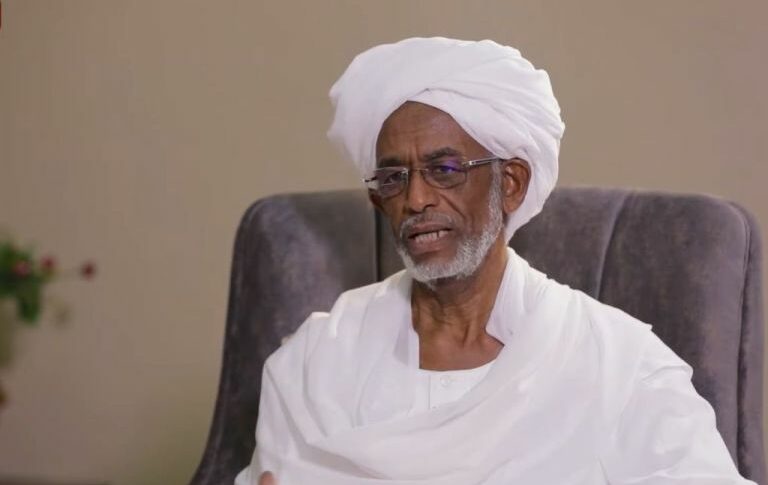
A report by Ayin Media prior to the start of the conflict described the divisions within Sudan’s Islamist Movement (SIM), the former ruling National Congress Party (NCP), and the attempts of these actors to influence SAF senior command. Multiple public statements from SIM/NCP leaders prior to the April 15 conflict, including Ali Karti, an NCP official and Secretary-General of the SIM, and former NCP Head Ibrahim Ghandour, among others, suggest the SIM/NCP were preparing for war and using SAF as a vehicle to return to power and end any mediated agreements with civilian parties.
In May, the RSF abducted several outspoken leaders of the SIM/NCP and other Islamist factions opposed to the RSF. On May 20, the RSF released a video showing one of the abductees, Annas Omer, a former NISS general and NCP militant, admitting the SIM/NCP planned to topple the government of Prime Minister Hamdok and derail the December 2022 Framework Political Agreement and, in coordination with the SAF senior command, trigger the confrontation with the RSF. Another abductee, the extremist cleric Dr. Mohamed Ali el-Gizouli, made a similar statement on camera. Although these posts contribute to a narrative of culpability, their statements were given under duress and as such cannot be viewed as evidence of how the war started.
Some in SAF’s ranks have publicly expressed discontent with the high casualties of soldiers and hostages, both senior officers and their families, that were allegedly taken by the RSF since the beginning of the conflict. On May 26, Sudan’s Ministry of Defense issued a statement urging the army’s retired officers and soldiers to take up arms and fight alongside the SAF. The mobilization of SAF retirees appears prompted by weeks of calls by social media Islamist agitators for the arming of civilians and tribes to reinforce SAF military efforts. Distributions of weapons to civilians will only cause the acceleration of Sudan’s descent into self-destruction.
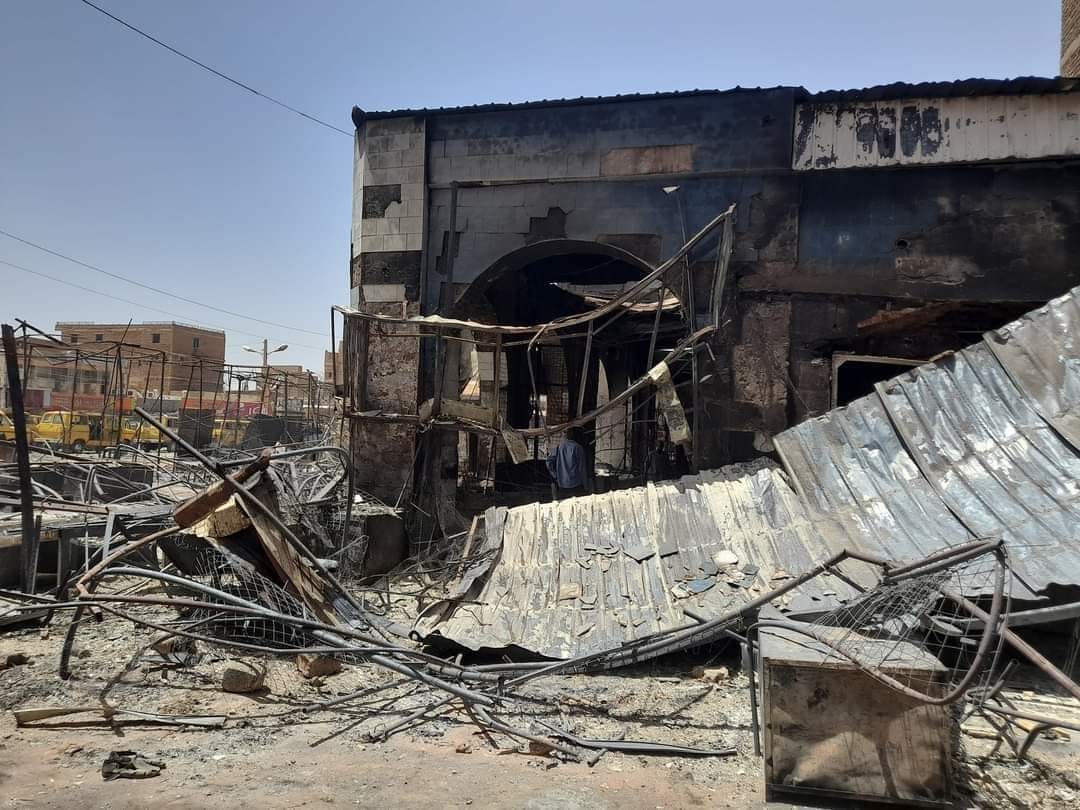
Scores of looters descended on factories and markets initially damaged by the fighting and stray munitions that the belligerents lobbed at each other and took off with remaining valuables. In many instances, looters burned the looted factories and properties to the ground, turning decades of investments in goods, stocks, modern dairy farms, machinery, and advanced technologies into ashes. In some cases, criminal groups have used carts and large trucks to haul away goods from businesses and private residences whose owners fled the fighting.
According to witnesses’ posts on social media, the looters include members of organized crime gangs that called themselves the “Tisa Tawila,” emboldened by the absence of the police and security agents. Looters might also include many of the thousands of prison inmates who escaped jail since the start of the fighting. Ordinary citizens may also have joined the looting frenzy, initially to stock up on food items.
The level of deliberate destruction is incomprehensible. The landmark and century-old Omdurman market was torched after systematic looting, as were the central markets of Khartoum and Khartoum North, and the iconic Saad Gishra popular market in Khartoum North. The destruction of these markets, says economist Dr. Muhammad Al-Nayer, along with shopping malls such as Afra Mall and City Plaza, has resulted in billions of dollars in losses. A pharmaceutical industry insider told us on May 22 that four large distributors of pharmaceutical products lost $10 million worth of products in a fire. Their agents in Geneina, Nyala, and El-Fashir lost prepaid products worth an estimated $3 million, he said. Some 32 pharmacies were totally burned down in Khartoum.
The national police force has abandoned its duty of maintaining law and order since the outbreak of the violence. On May 15, Burhan demoted the Minister of Interior and director of the national police force who was abroad when the conflict erupted and failed to return to Sudan, and appointed a replacement. The acting national police director, Lt.-Gen. Nasreldin El-Deen Abdel-Raheem reportedly strongly opposed the deployment of the paramilitary Central Reserve Police, a position that drew criticism and hate language from Islamists on social media. His sudden death in early May and the concurrent deployment of the Central Reserve Police raised many questions.
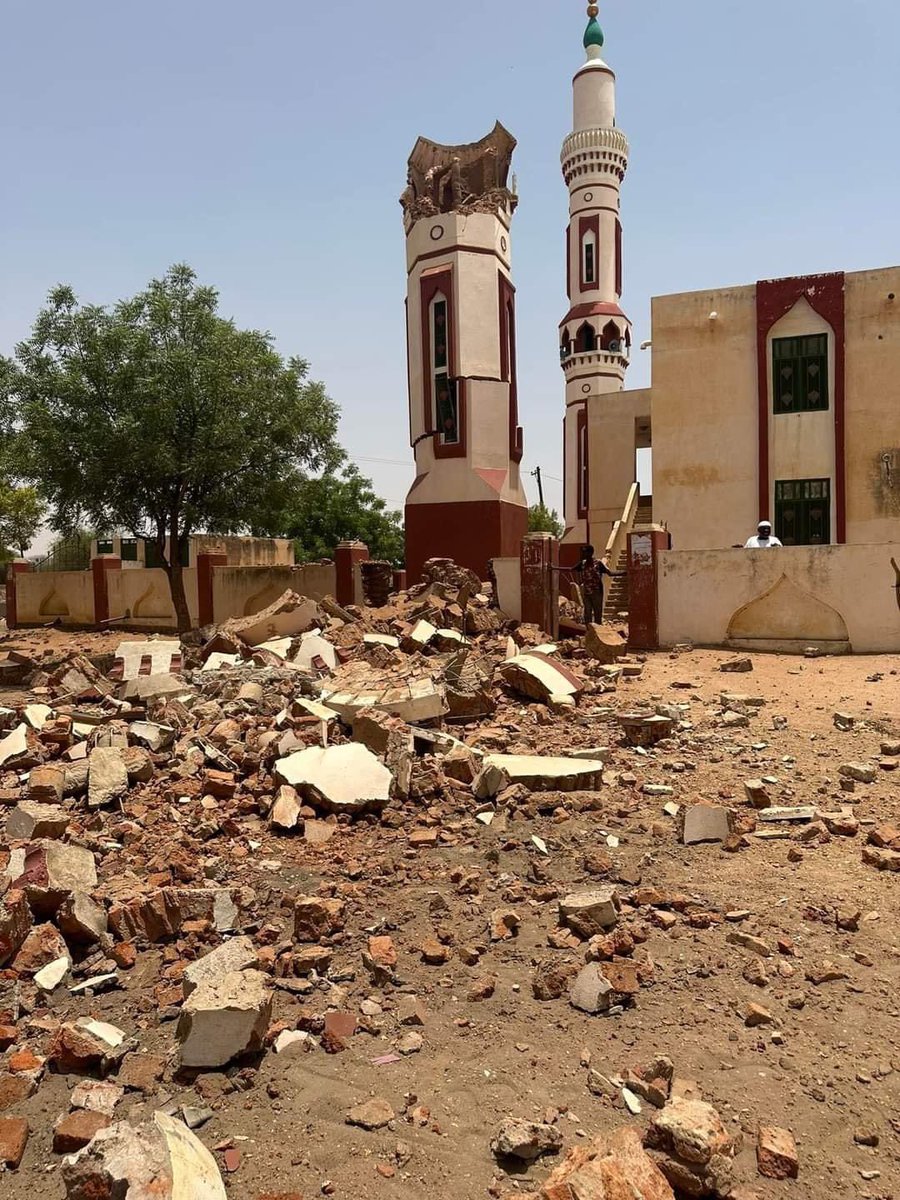
The flickers of hope that locally negotiated truces in the states of East, North, and South Darfur would hold suddenly dimmed when fighting broke out on May 18 in Nyala, the capital of South Darfur State, between the local RSF and SAF garrisons. Two dozen civilians were killed by stray bombs and bullets, and many more were injured while sheltering in their homes for protection. The trigger was reportedly the non-payment of salaries to RSF when SAF received their bimonthly salaries. This followed a decree by Burhan in mid-May, instructing banks to freeze the accounts of the RSF. It appears that the failure to pay the RSF emboldened the fighters to attack SAF and raid banks despite having agreed to local ceasefires.
Violence has also increased in Zalingei in Central Darfur, and Al Geneina in West Darfur. Zalingei Resistance Committees complained on May 22, that janjaweed militias supported by the RSF had been looting in the city. Communications were reportedly also cut between May 17 and May 24. In West Darfur, the leader of the Misseriya announced support for the RSF, increasing fears of partisan mobilization there and increasing violence.
In North Darfur, violence was reported in El Fasher with gunfire heard in various neighborhoods between May 25 – 28. The local truce negotiated by a Good Will Committee of local dignitaries and civil society leaders required both the SAF and RSF to shelter in their respective barracks. However, limited clashes between SAF and RSF elements spiraled out of control when the entire garrisons joined the fray and started shooting at each other. The local mediators managed to bring the situation under control by bringing the SAF and RSF commanders together to agree to the deployment of a joint force, comprised of signatories to the Juba Peace Agreement, to act as a buffer between the two belligerents. While it helped restore some calm, this solution is fraught with potential risks of in-fighting among the armed actors. To add to the risks, the governor of Darfur, Minni Minawi, called on citizens to take up arms to defend themselves via social media in late May. Despite public dismay at his call to arms, Minawi reiterated it in a public rally on May 29, by calling on civilians to purchase Kalashnikovs to protect their homes and businesses, further raising concerns about drawing the civilian population into the war and adding to the untold numbers of armed civilians in the region.
While the truce in El Daein is still holding, it remains vulnerable like those elsewhere in Darfur, to commands from both sides in Khartoum to their local units in the region. Another serious risk to the truce in East and other states of Darfur is the large gangs of looters, often mounted in four-wheel vehicles and motorcycles. These actors thrive on the chaos and destruction that SAF and RSF gun battles unleashed, opening a breach for the looters to come in and strip local markets from all valuables before setting them ablaze. We are hearing that local businessmen in El Daein have made payments to looters to dissuade them from provoking larger battles in order to descend on the city to strip its wealth.
![من صفحة ابراهيم عبد العزيز على فيسبوك - https://www.facebook.com/photo/?fbid=2961851483959099&set=a.124820750995534&__cft__[0]=AZXLuYHw14gar3fcWSAjGgRTKZoifQbQYHJFFHSrYAlb_9lRT217LPx_lZu9COM9rBD4JHJbNk04xFPR-PDaOIdtcljOvEfdbgH17yO9PvCjl7gGJ4OKx-QfK1n4XGIEbxQ&__tn__=%2CO*F](https://3ayin.com/wp-content/uploads/2023/05/geneina.jpg)
According to a recent assessment by Sudanese humanitarians, 850 people have been killed so far and about 4,000 have been injured. These numbers do not account for many fatalities and injuries that could not reach the hospitals due to a lack of transportation means or poor security. By mid-May, the UN estimated that over one million people had been displaced by the conflict since April 15, most to safer places inside the country but around 200,000 to neighbouring countries. The largest number have fled to Egypt, despite the overcrowding and slow movement at the border crossings.
The healthcare system has come under attack. For example, in mid-May, the SAF air force bombed the large East Nile Hospital. The pretext for the strike was that concentrations of RSF vehicles and fighters were present and were receiving treatment. Medical staff evacuated to the Banjadeed Hospital in the same area to continue servicing the large population in Haj Yousif and East Nile suburbs. However, in a joint statement dated May 22, the preliminary committee of the elected doctors’ union announced the closure of the hospital due to repeated incursions by RSF fighters and harassment of patients and health workers.
The Sudanese Doctors Committee estimates that 67% of hospitals adjacent to the areas of the clashes are out of service. The collapse of the healthcare system has had serious consequences, especially for pregnant women and young children. UNFPA estimates that 219,000 pregnant women in Khartoum are at risk because it is so hard to access medical services. For example, 30 newborn babies reportedly died in the El Daien hospital in East Darfur due to the lack of oxygen and electricity for their treatment.
Medical staff and volunteers have been the target of coordinated attacks and individual threats on social media from self-appointed SAF campaigners, accusing them of treason for treating RSF wounded soldiers. The Sudanese Doctors Union and the Sudanese Professional Association (SPA) issued a statement denouncing the arrest by a SAF Military Intelligence Unit of Dr. Ala al-din Nugud from his home in the afternoon of May 27, 2023. Dr. Nugud is a member of the Central Committee of the Forces for Freedom and Change (FFC) and spokesperson of the SPA and there is concern that his arrest may be part of a broader trend of targeting pro-democracy activists who are also providing professional advice and support to civilian victims of the war.
Millions of people are also suffering from a lack of water and electricity. Residents of some parts of Khartoum North have gone without water service for over 40 days and are forced to fetch water from the Nile and other sources. Water and electricity services throughout the city have been unstable due to physical damage, despite efforts of volunteers to restore them. Food insecurity has also increased dramatically since the conflict began. There is also serious concern that if the fighting continues much longer, farmers will not be able to undertake the mid-June planting, which would further exacerbate food insecurity.
In an effort to mobilize a greater humanitarian response, the Sudanese Development Call Organization (NIDAA) published a rapid assessment of needs intended to serve as a basis for future humanitarian intervention. This is a significant development because it shows that local organizations are capable of carrying out these assessments and other responses. For the moment, they are the leading responders to the humanitarian and medical emergencies gripping the country.
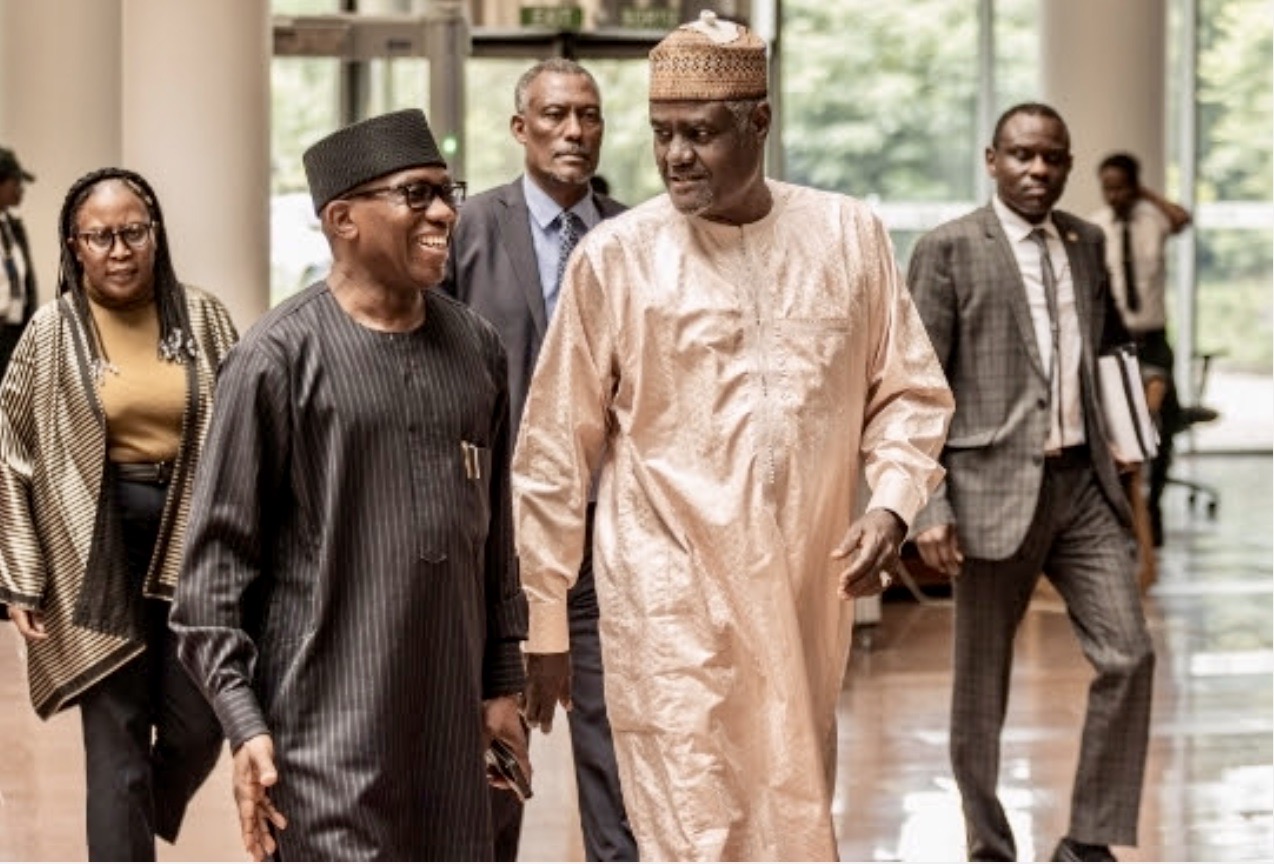
- UN Security Council:
The UN Security Council held an open briefing on May 22 during which Volker Perthes, the head of the UN Integrated Transition Assistance Mission in Sudan (UNITAMS), reported on developments in the armed conflict and its impact on civilians. Bankole Adeoye, the AU Commissioner for Political Affairs, Peace and Security, and the Executive Secretary of the Intergovernmental Authority on Development (IGAD)’s Workneh Gebeyehu also spoke.
The Security Council has shown a remarkable lack of leadership in tackling the crisis in Sudan, one of the gravest in the world today, given its human rights and humanitarian costs and the risks it represents for global peace and security in the Horn of Africa and Red Sea regions. Invoking “subsidiarity” (the principle that the Council should defer to regional and sub-regional organizations in the management of crises in those regions) the three African member states of the Council, Gabon, Ghana, and Mozambique, have blocked Security Council action on the crisis to date. The Council has been silent since a press release issued on April 15, the day the fighting between the SAF and RSF erupted, calling on the parties to resolve their differences through negotiations.
On May 26, 2023, Burhan wrote to the UN Secretary-General asking that Perthes be replaced, accusing him of writing “misleading reports.” For the Sudanese public, the arguments and wording of the letter justifying the step came straight out of the SIM/NCP vocabulary when the Bashir loyalists blamed the Secretary General’s Representative for facilitating the conclusion of the December 2022 Framework Agreement, to which the SIM/NCP remain vehemently opposed.
- The AU and the IGAD:
The AU convened a ministerial meeting on April 20 that recognized the Tripartite Mechanism of the UN, AU, and IGAD as the lead mediator for the Sudan crisis, and asked it to work in coordination with the League of Arab States, the EU, the Troika, and other bilateral actors. The IGAD mediation was slow to take off, and hobbled, among other things, by a lack of resources and competition between Kenya and South Sudan for the lead position.
The parties accepted an IGAD/South Sudanese offer to mediate a seven-day ceasefire on May 2, but failed to send representatives to Juba to engage on the issue. Since then, Kenyan President William Ruto has not endeared himself to either the AU or to Sudan’s feuding generals. He called on the AU to develop new approaches to conflict resolution and wean itself from reliance on donor funding if it were to genuinely engineer African solutions to African problems. Ruto called on Burhan and Hemeti to “stop the nonsense” of destroying their country and its people.
- The African Union Peace and Security Council
The African Union Peace and Security Council met on Sunday, May 27 at the head of state level and adopted a communique condemning the fighting, calling for a ceasefire and adopting an AU Roadmap for resolving the crisis. The roadmap incorporates six elements, 1) creation of an international coordination mechanism, 2) cessation of hostilities, 3) effective humanitarian response, 4) protection of civilians, 5) a strategic role for states in the region, and 6) resumption of a “credible and inclusive political transition … towards a democratic and civilian-led government.” The AU Commission is to report regularly to the AU PSC on the implementation of the roadmap. However, the AUPSC failed to name a Special Envoy to Sudan, leaving the crisis in the hands of the lower-level diplomats of the Tripartite Mechanism.
- Jeddah Process
The parties were more responsive to a Saudi-US mediation effort and sent delegations to Jeddah for talks. These first yielded the “Declaration of Jeddah of Commitment to the Protection of Civilians in Sudan,” on May 11. The Declaration offers a reiteration of the main principles of the Geneva Conventions, and in particular, their Protocol II relating to the Protection of Victims of Non-International Armed Conflict, but the parties failed to commit to a ceasefire or to observe one on the ground to allow the deployment of the humanitarian and civilian protection interventions as agreed.
On May 20, representatives of the SAF and the RSF signed the Agreement on a Short-Term Ceasefire and Humanitarian Arrangements, to enter into effect 48 hours after the signature. The delay was meant to allow time for the establishment of a ceasefire observation mechanism of three members from each of the parties and the two mediators, the KSA and the US. The parties used this “calm period” not to inform troops of the truce, but rather to push for battleground gains, engaging in intense fighting ahead of the entry in force of the truce on May 22.
- Review of US policy
The outbreak of violence in Sudan has led to some soul-searching in the US about its policy towards Sudan over the last four years. Members of the House and Senate committees overseeing foreign affairs addressed a series of hard-hitting questions to US Secretary of State Anthony Blinken, including about the extent of forewarning about the violence that was available to the State Department and what the US response was.
More from our partner organizations:
SUDAN TRANSPARENCY AND POLICY TRACKER
Sign up for the Sudan Transparency and Policy Tracker newsletter here
- Sudan Conflict Monitor, Issue #3 May 2023
AYIN NETWORK 